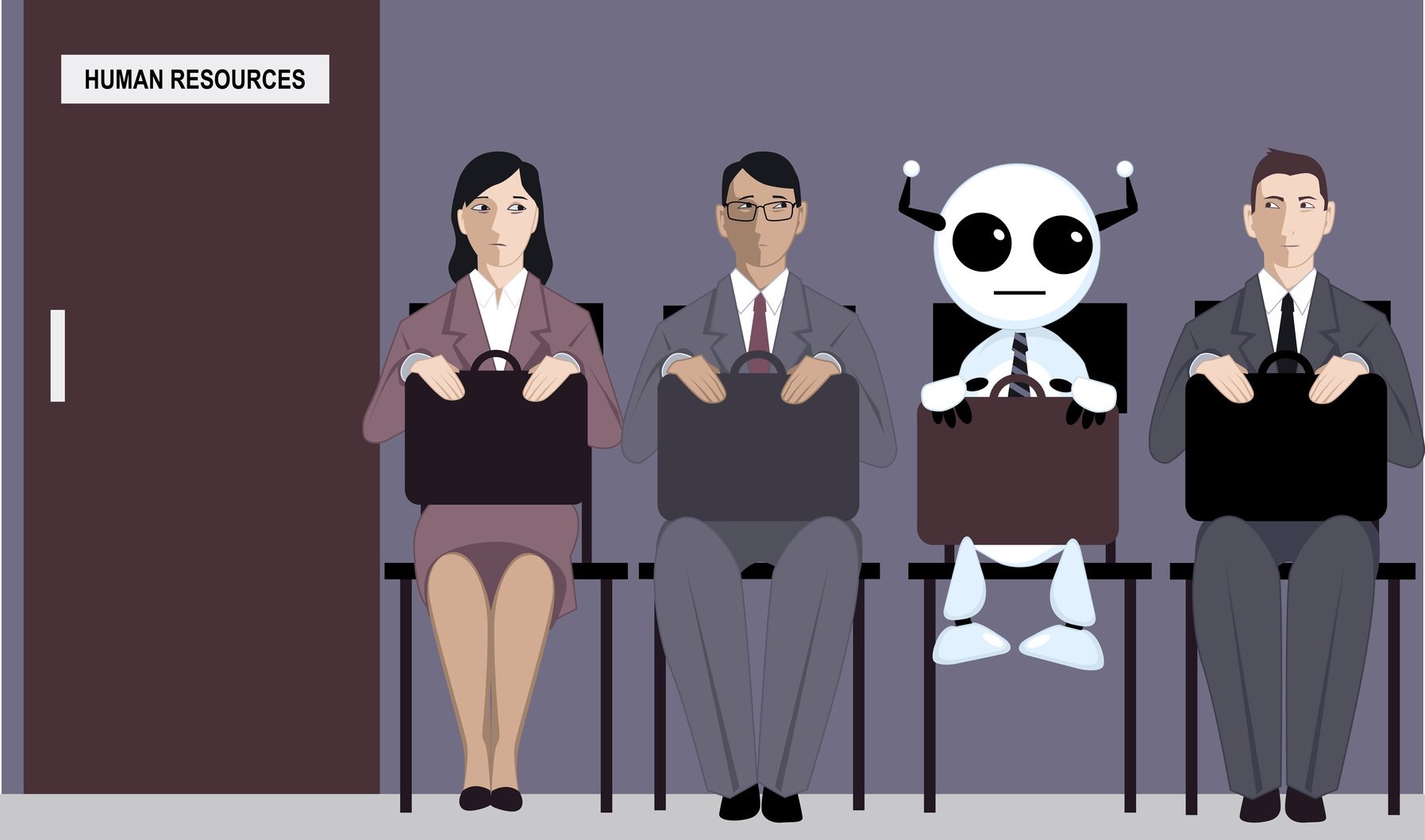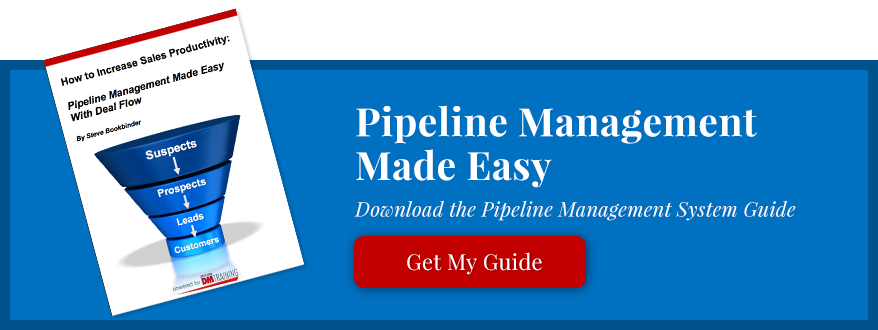Artificial Intelligence VS. Original Intelligence
Sellers gain their biggest advantage when they can anticipate, prepare in advance, and react appropriately in the “heat” of the sales meeting. Finding patterns in what looks like random events is what the best performers do.
This is what artificial intelligence does. It’s also what NFL Quarterbacks do. In micro-moments they see the defensive pattern and now know who to throw the ball to. Baseball players find patterns in the pitcher’s delivery that helps them decide, in a fraction of a second, exactly where the 100 mph spinning pitch will be when it gets to the plate.
Salespeople walk into (or call into ) a sales meeting and must determine the pattern quickly in order to know what to ask, what to say and what next step to drive for. If the seller is able to recognize patterns they will see that all meetings fit in six likely patterns, based on who is in the room and what led up to the meeting.
But, most salespeople aren’t looking close enough for patterns as evidenced by their typical description of each prospect: “this one is different.” Those salespeople need to upgrade their original intelligence (OI) thinking into artificial intelligence (AI) thinking.
Need a little help getting into an artificial intelligence-based sales mindset?
Get started with our Pipeline Management guide.
Adapt Your OI to AI
Much is being written about Artifical Intelligence with some saying that AI could replace salespeople someday. Sales is the original profession, our economy doesn’t turn unless someone is being convinced to buy something from someone else. I doubt it’s going anywhere.
In fact, according to a recent study, only 9% of jobs in the United States are at risk of being automated. But the old way of selling is under attack and sellers can learn a lot from AI – and apply it to OI, which is the operating system salespeople use.
AI isn’t magical. It isn’t solving problems beyond the scope of humans. It works by testing, learning, adjusting and improving. The same way humans learn. If anything, AI is learning from us! What makes AI different from humans? It’s relentless! Hey? Isn’t that supposed to be a human trait?
Never Stop Learning
When the student is ready, the teacher will emerge. AI treats everyone like a teacher, soaking up whatever it can learn, always open, always curious. Are you always curious? Or, are you blinded by confirmation bias meaning you are only open to advice from people who already agree with you? AI doesn’t allow confirmation bias to stop it from collecting information from all sources. AI is always open to accepting new information, even if it points in a new direction.
And what is AI looking for? Patterns. Pattern recognition is the cornerstone of AI-aided ad-serving. Looking at a mountain of data AI can boil the whole population down to patterns. Once the whole is viewed this way, AI can anticipate and recognize patterns, and optimize its approach per pattern.
AI learns primarily by being corrected. Humans could as well but many get defensive when corrected in mere seconds. This does not mean that we should be robotic in our interactions, only that we should be more open to constructive criticism and learn from our mistakes.
Look For Patterns
AI adjusts for patterns. Humans easily confuse patterns with random events. It’s hard to find patterns. It’s so much easier to use OI which relies on the “halo effect” where we assume similar things will be exactly alike just because they are similar. Like when we like or dislike someone upon meeting them because they remind of us of another person. And then we treat them both the same.
AI forecasts accurately because it studies the past and the present. Humans skip studying, relying instead on a mental shortcut called “availability heuristics,” which means that we tend to look back on how many examples we can easily remember of something happening when considering the odds of it happening again. We could look for patterns, too, but it’s easier to do it our way: If a lot of examples are mentally available, that is, easily come to mind, then we assume that thing happens all the time. But, if we can’t recall enough examples or we’ve never seen something happen before, we assume it never happens. That said, salespeople using OI thinking are unduly influenced by famous exceptions. AI never confuses the two.
Digital marketers focused on mobile marketing using AI can find 40,000 buying attributes when studying the intersection of the user’s mobile device, time of day, location and the offer they convert.
Compare that to the next proposal you write. Proposals have intersections like mobile marketing including the format of the proposal, your relationship prior to presenting the proposal, your timing and budget. Maybe it’s too much to expect human sellers to find 40,000 buying attributes that will inform the writing of your next proposal. But, are you erring on the side of primarily using a one-size-fits-all approach to proposal writing and hoping everyone converts?
AI begins each day by building on yesterday and knowing today will inform tomorrow. Contrast that to the thousands of salespeople I have met who tell me they already know how to write an engaging email, open a meeting with a new prospect, figure out who is the decision maker and respond to an RFP. Really? In our multi-generational, multi-cultural, multi-platform world? How? By remembering how you once did it years ago? Are you open to changing your sales patterns or do you lean on old sales habits believing that since they once worked they will always work?
No wonder AI views the world differently than humans; we’re barely even looking.
10 Ways Sellers Can Use Their OI like AI
- Try new ways to prepare for meetings, especially “routine” meetings
- Change the starting point of every meeting to test how it changes the sales conversation that follows.
- Test the effectiveness vs. the efficiencies of virtual vs. live meetings.
- Vary the degree to which you challenge the customer’s beliefs and assumptions.
- Ask different questions than you normally do (to see what happens and what new things you learn).
- Measure how much engagement changes when you change the order you present information: At what point are you asking questions? Sending the proposal? Revealing the price?
- Measure how the closing rate changes when you ask different questions about the customer’s underlying timetable during the qualification phase.
- Measure how the average order value rises when you test different approaches to suggesting a partnership when selling your next contract.
- Measure how the sales cycle shortens when you change your follow-up strategies.
- Experiment by contacting a new category of leads or levels of contacts within prospects and customers in order to uncover hidden “sweet spots” in the marketplace.
Only the best sellers I meet follow these rules. Everyone else is pretty sure they already know how to sell to each customer.
There is a reason 98% of corporate leaders view the future of AI as vital to the future of business. AI never pre-judges.
How much more could you learn about the world around you if you used your OI more like AI?
About Steve Bookbinder
Steve Bookbinder is the CEO and sales expert at DMTraining. He has delivered more than 5,000 workshops and speeches to clients all over the world and has trained, coached, and managed more than 50,000 salespeople and managers. Steve continuously refreshes his training content to reflect his latest first-hand observations of salespeople across industries and regions. Through him, participants in his workshops and coaching sessions learn the best practices of today’s most successful sellers and managers across industries. Steve understands that sales is a competitive game. To outperform competitors and our own personal best results, we need to out-prospect, out-qualify, out-present and out-negotiate everyone else, not merely know how to sell. Through his specialty programs in Pipeline Management, Personal Marketing, Great First Meetings, 2nd-level Questioning, Sales Negotiating, and Sales Coaching, Steve trains sales teams to master the skills they need to overcome the challenges they face in today’s world… and keep improving results year over year.






